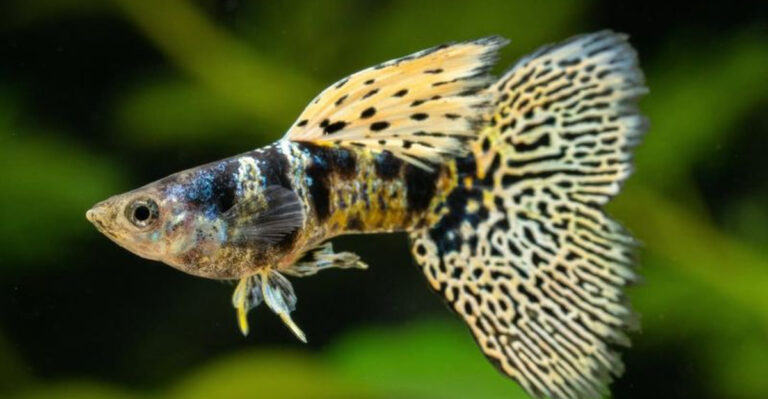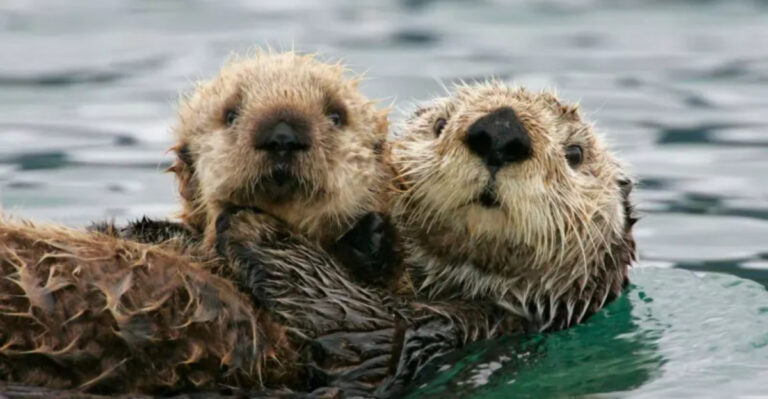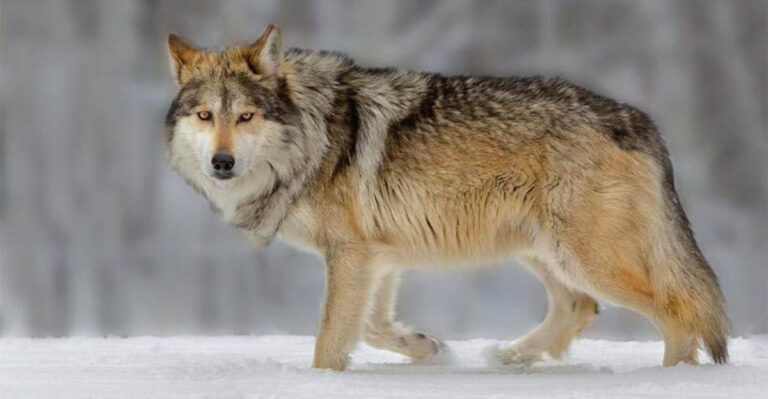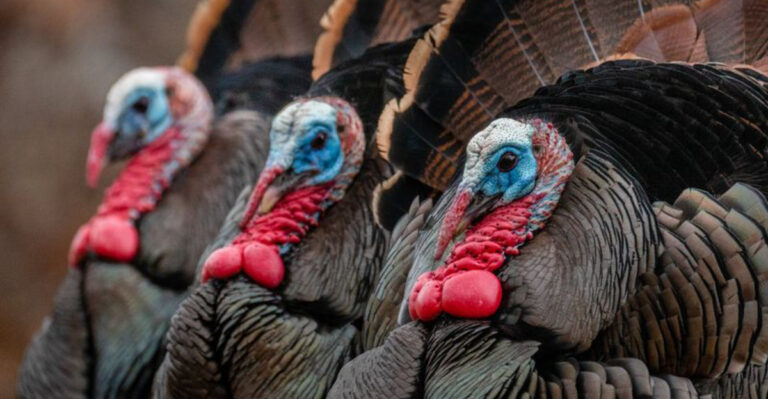15 Essential Tips For Caring For An Abandoned Baby Bird
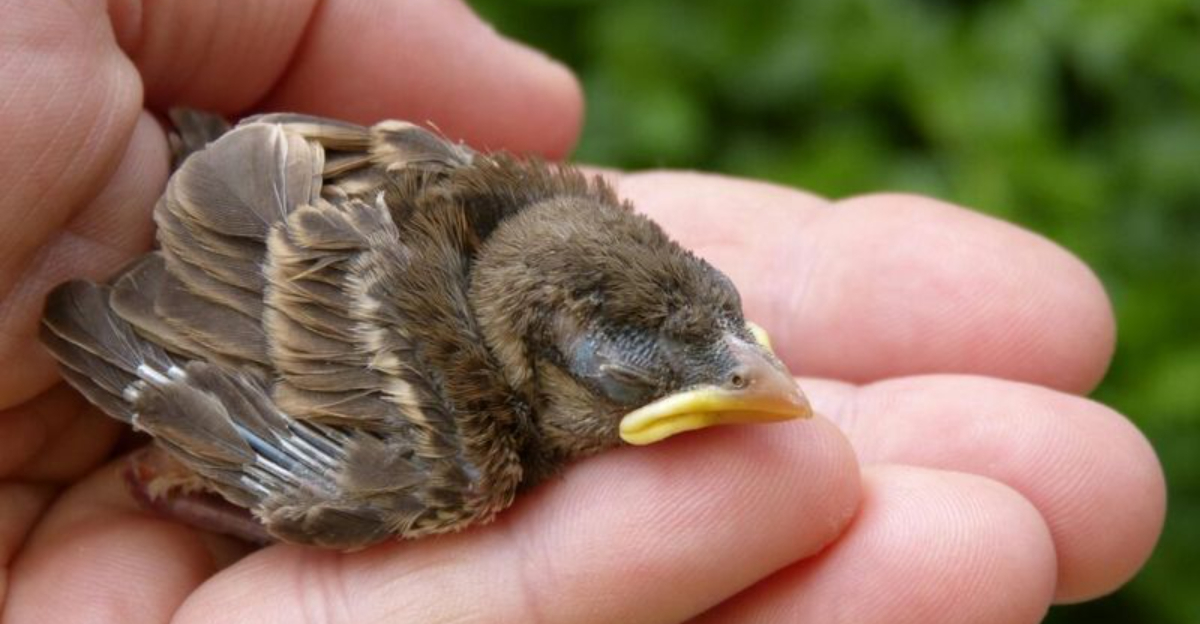
Caring for an abandoned baby bird isn’t just about nurturing a tiny fluffball; it’s a journey into the wild heart of nature, right from your living room.
With the right care, you can transform these little feathered wonders into healthy, chirping adults, ready to take on the world. Here are some tips to guide you on this rewarding adventure.
1. Create A Safe Space
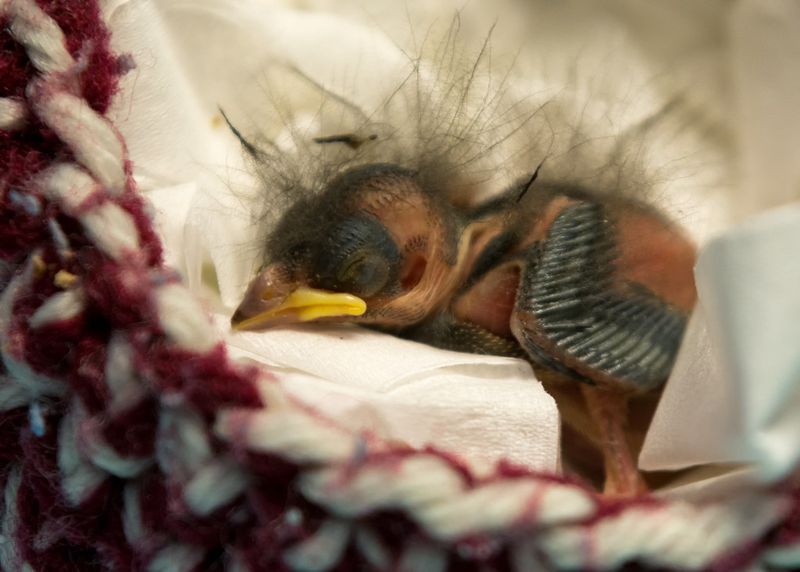
Did you know a quiet corner of your house is like a serene sanctuary for a baby bird?
Creating a safe space is essential. Line a small box with towels and keep it away from noisy areas. This will provide comfort and security.
Make sure the space is warm, but not directly under sunlight, to prevent overheating.
2. Proper Hydration
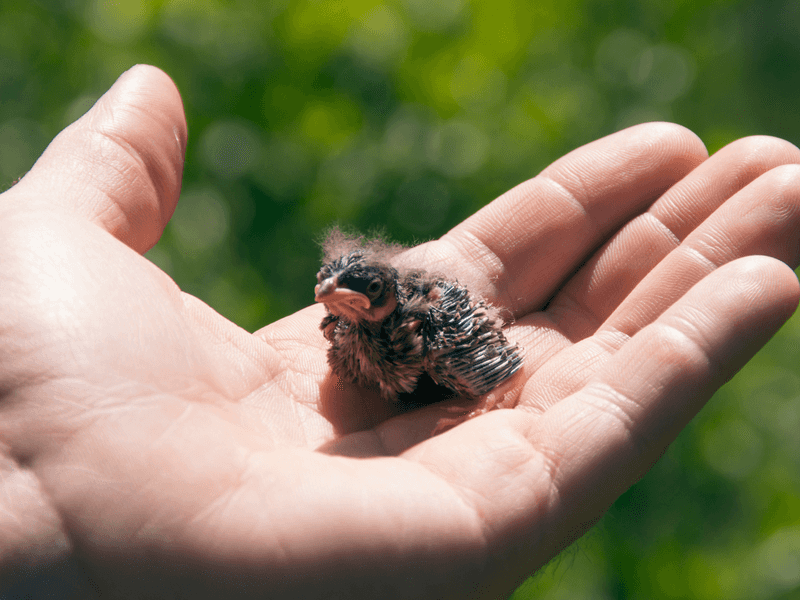
Keeping baby birds hydrated is more than just a task; it’s a lifeline. Use a dropper to give them tiny sips of water. Remember, too much water can be harmful.
Always observe their reactions to ensure you’re meeting their needs.
3. Frequent Feeding
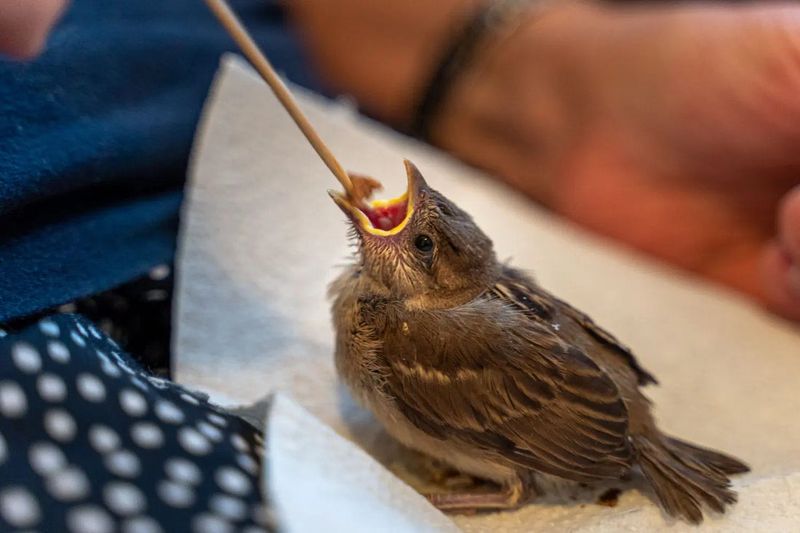
Feed them often! Baby birds need frequent meals, like us sipping multiple cups of coffee throughout the day. Use a specialized formula and feed them every 2-3 hours.
It’s more than a feeding routine; it’s a bonding experience that keeps them healthy and happy.
4. Temperature Regulation
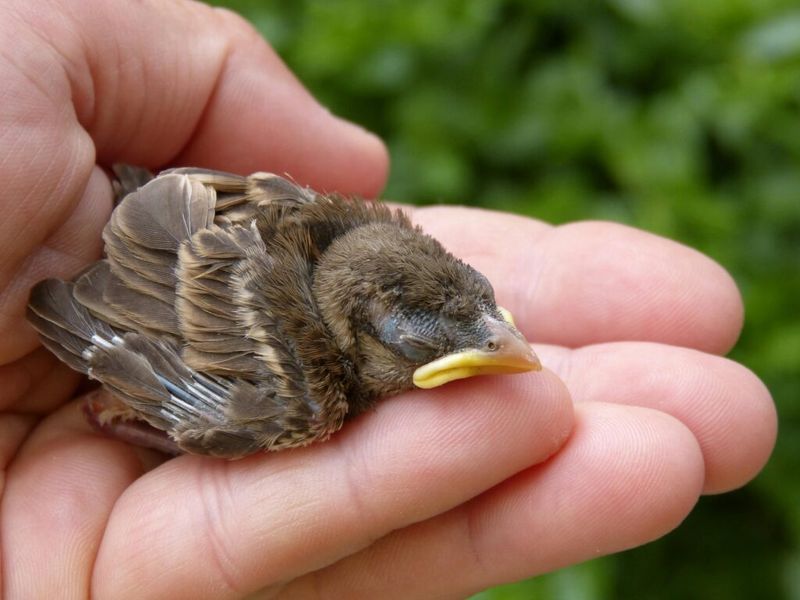
Temperature is paramount, much like a warm hug on a cold day. Use a heating pad to keep their environment cozy.
Monitor with a thermometer and aim for warmth, not heat. An ideal environment mimics the warmth of the nest, promoting well-being and growth.
5. Social Interaction
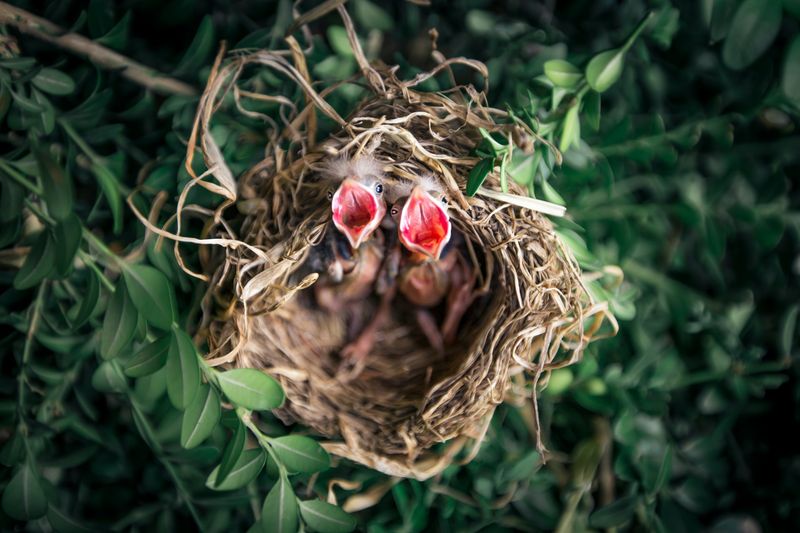
Did you know that baby birds thrive on interaction? Handling them gently daily helps them feel secure. It’s like building a friendship.
Occasional chirps from you can make them feel at home, turning fear into familiarity. Their comfort lies in your gentle touch and soothing sounds.
6. Appropriate Diet
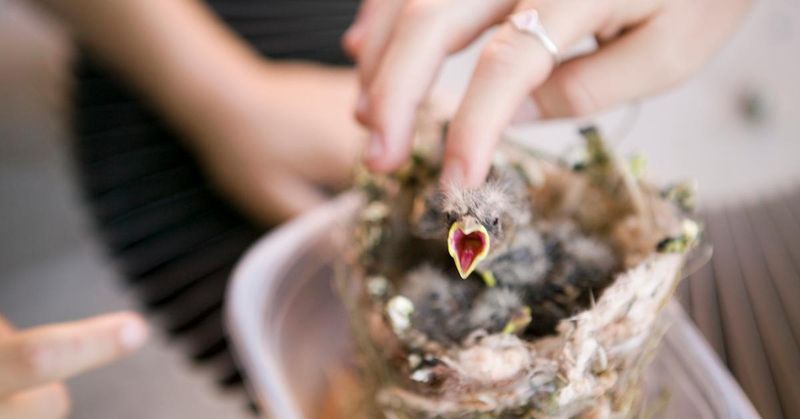
Baby birds don’t fancy pizza; they need a balanced diet. Start with a formula and gradually introduce seeds and fruits as they grow.
Watch them explore different tastes, ensuring their diet supports their rapid growth.
7. Routine Health Check
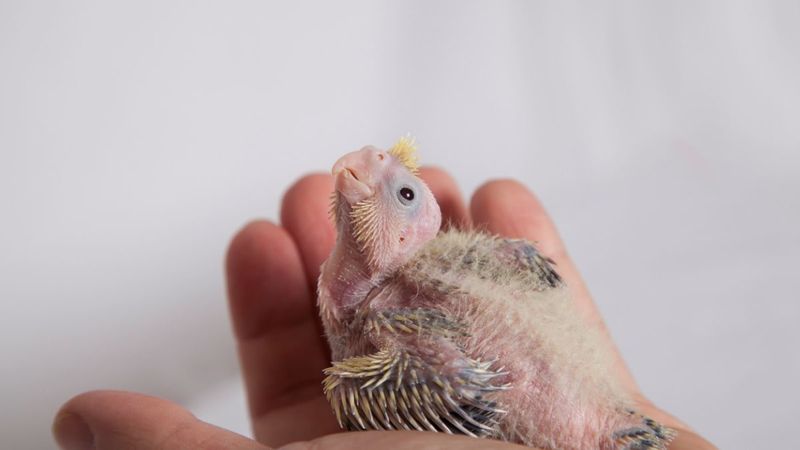
Just like us visiting the doctor, regular health check-ups are vital. A vet can spot potential issues early.
Keep an eye on their weight and feather condition. Routine checks can prevent illnesses, ensuring your little bird grows healthy and strong.
8. Gradual Independence
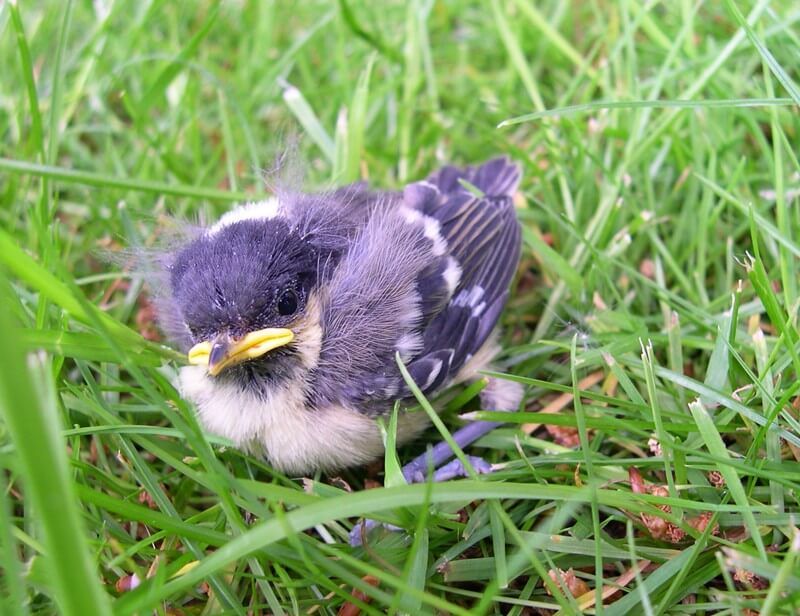
Encouraging independence is key. Allow them to hop around in a safe space. It’s like teaching a child to ride a bike – gradual and supportive.
Celebrate the little milestones as they explore their world beyond the nest, gaining strength and confidence in every leap.
9. Predator Awareness
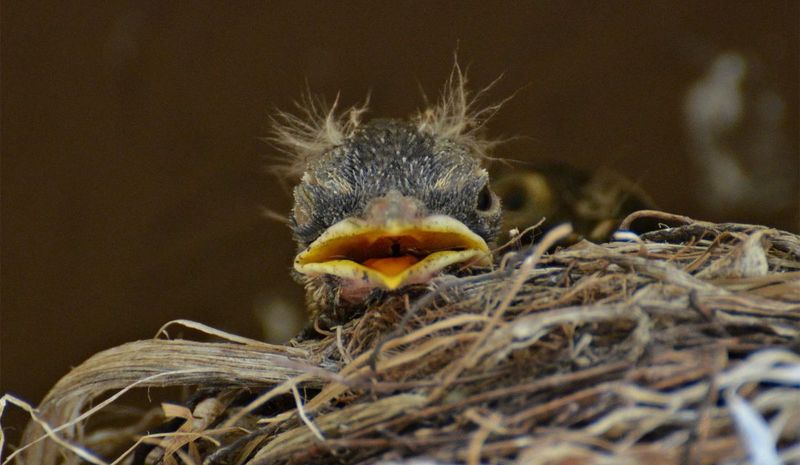
Exposure to safe outdoor views helps them identify potential predators. It’s similar to teaching street safety to kids.
A mesh window barrier lets them watch the world without risk, developing their instincts from a safe distance.
10. Enrichment Activities
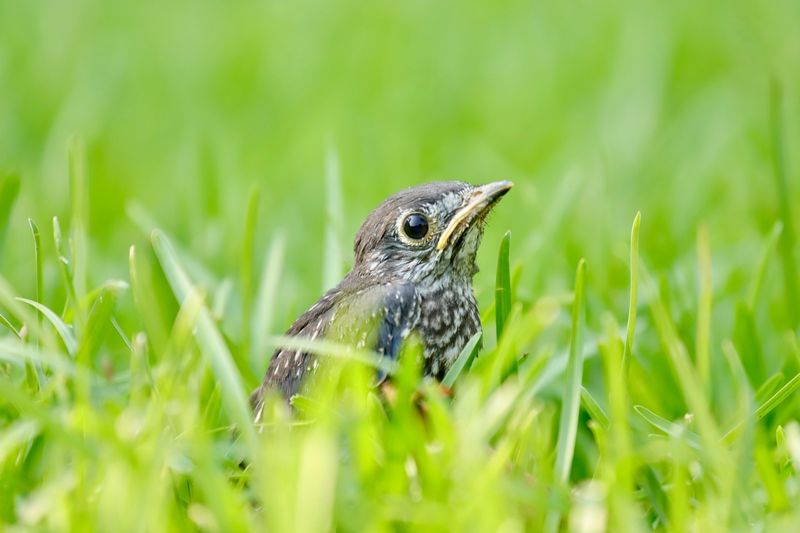
Stimulating their minds with toys and activities is like giving kids a playground. Provide varied perches and safe toys.
These enrichments foster curiosity and cognitive development, helping them become well-rounded adults. It’s fun with a purpose!
11. Understanding Tactile Cues
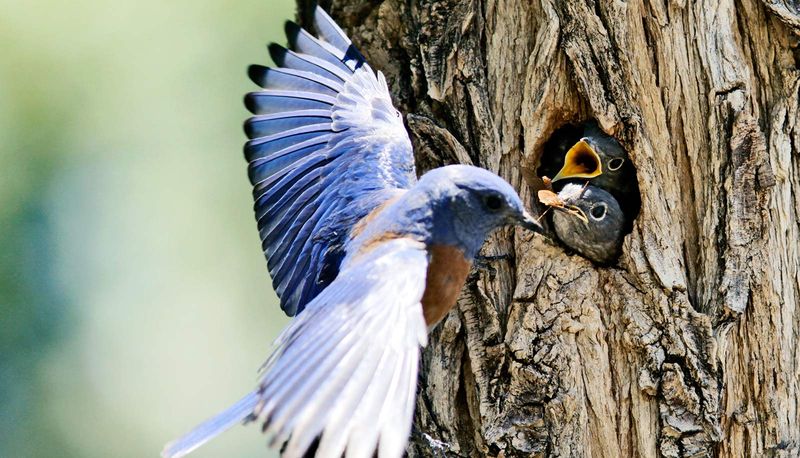
Tactile cues are their language. Notice their reactions to touch; it’s their way of communicating comfort or distress.
Understanding these cues strengthens your bond, ensuring you meet their emotional and physical needs.
12. Introducing To Natural Foods
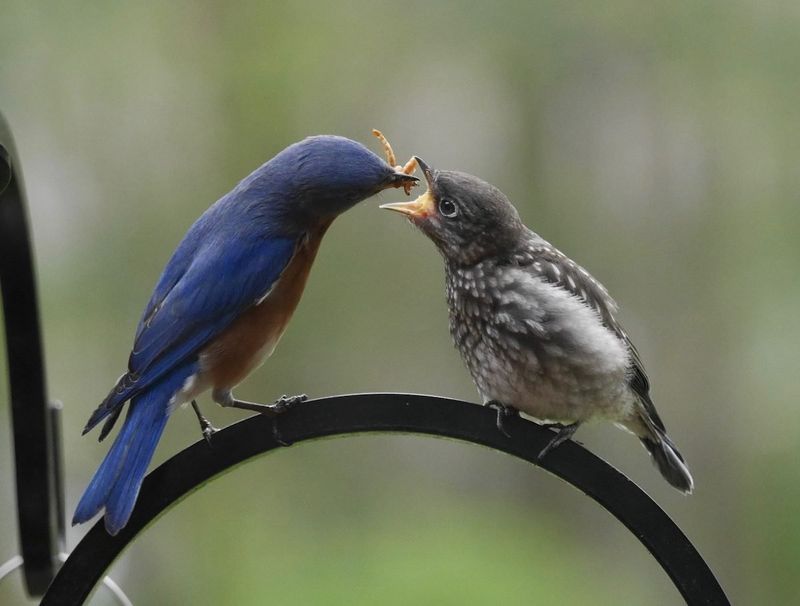
Introducing natural foods is a milestone. Transition from formula to insects and seeds.
Observe their preferences and gradually adjust the diet, fostering self-reliance and preparing them for the wild.
13. Noise Acclimation
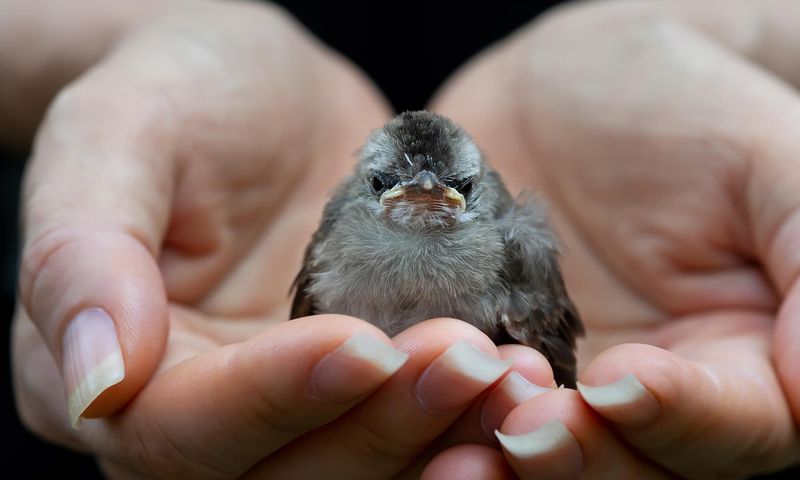
Gently introduce them to household sounds. It’s like acclimating them to a bustling city life.
Start with soft music and increase exposure to ensure they aren’t startled easily. This builds resilience and adapts them to varied environments.
14. Monitoring Feather Growth
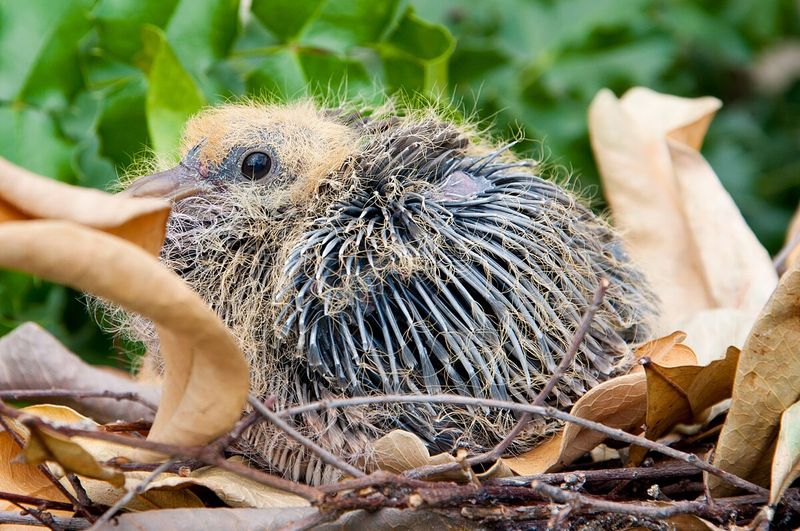
Feather growth is like a growing wardrobe for your bird. Monitor for healthy development.
Regular checks ensure they’re on the right track, preparing them for eventual flight and independence.
15. Transition To Outdoor Environment
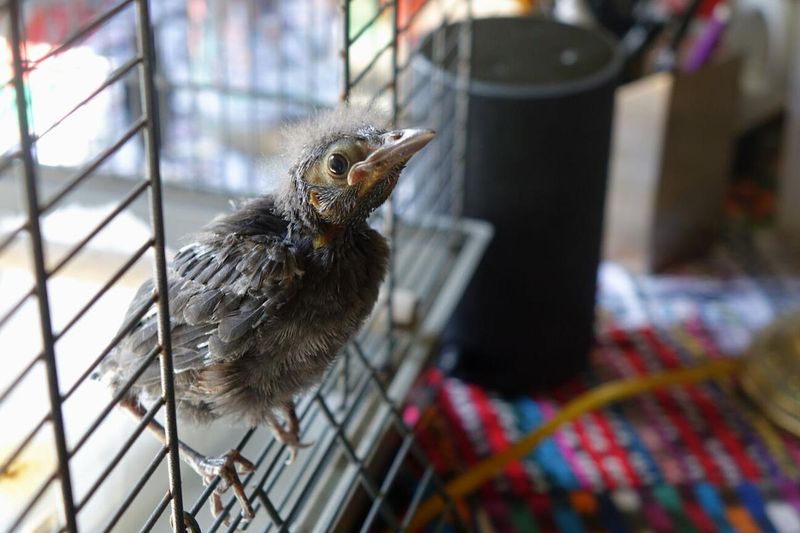
The transition to the outdoors is their graduation. Start with short periods in a secure outdoor cage.
Gradually increase time outside, letting them experience the world under your watchful eye.


